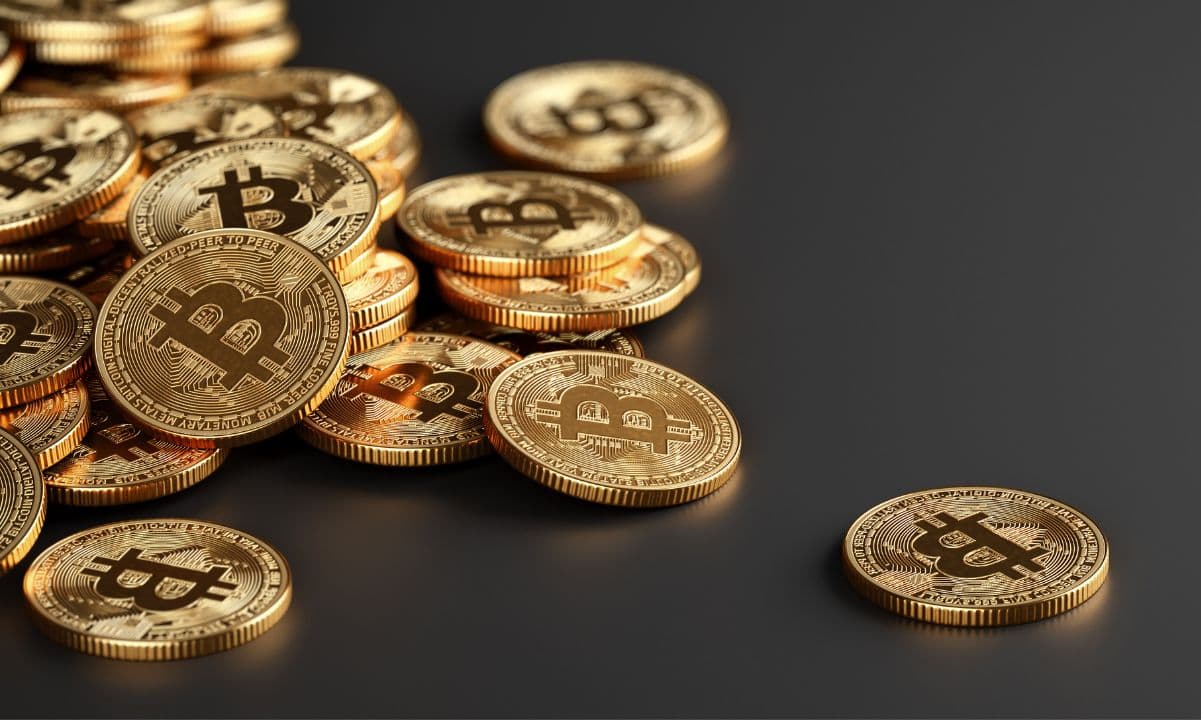ARTICLE AD BOX
Key Takeaways
- The integration will allow users to manage Tron’s native token (TRX), Tether’s USDT, and other tokens following the TRC-20 standard
- MyTonWallet claimed that it is the first wallet in the TON ecosystem to integrate Tron-based assets.
MyTonWallet, a self-custodial wallet in the TON (The Open Network) ecosystem, announced on September 23 that it will integrate with Tron, expanding support for assets within the Tron network.
This integration will allow users to manage Tron’s native token (TRX) and other tokens following the TRC-20 standard. The TRC-20 standard is a technical framework that governs and leads with the creation and operation of tokens on the TRON blockchain.
According to MyTonWallet, it is the first wallet in the TON ecosystem to offer support for Tron-based assets, marking a significant step toward greater blockchain interoperability. Founder Alexander Zinchuk emphasized the growing importance of multi-chain asset management for users, stating, “Managing assets across multiple blockchains is becoming increasingly vital for users, and this initial integration is just the beginning.”
Zinchuk also pointed out the potential benefits for the broader adoption of the TON ecosystem. By bridging with major networks like Tron, the team aims to expand TON’s reach, saying, “By integrating with other major networks like Tron, we aim to bridge ecosystems and open up the TON network to a broader audience, driving greater adoption and accessibility.”
Looking ahead, MyTonWallet plans to enhance its cross-chain capabilities further. Future upgrades will include enabling token swaps and integrating additional blockchains such as BNB Smart Chain, Solana, and Ethereum.
The latest development comes amid firms in the crypto space coming forward to interoperability issues on blockchain the crypto space Ethereum co-founder Vitalik Buterin stated the network has several Ethereum Improvement Proposals (EIPs) to ensure interoperability.
Interoperability protocols are crucial to building blockchain abstraction layers, which helps in allowing traditional backends and decentralised apps to interact with any on-chain environment through a single blockchain middleware solution
 (1).png)









 English (US) ·
English (US) ·